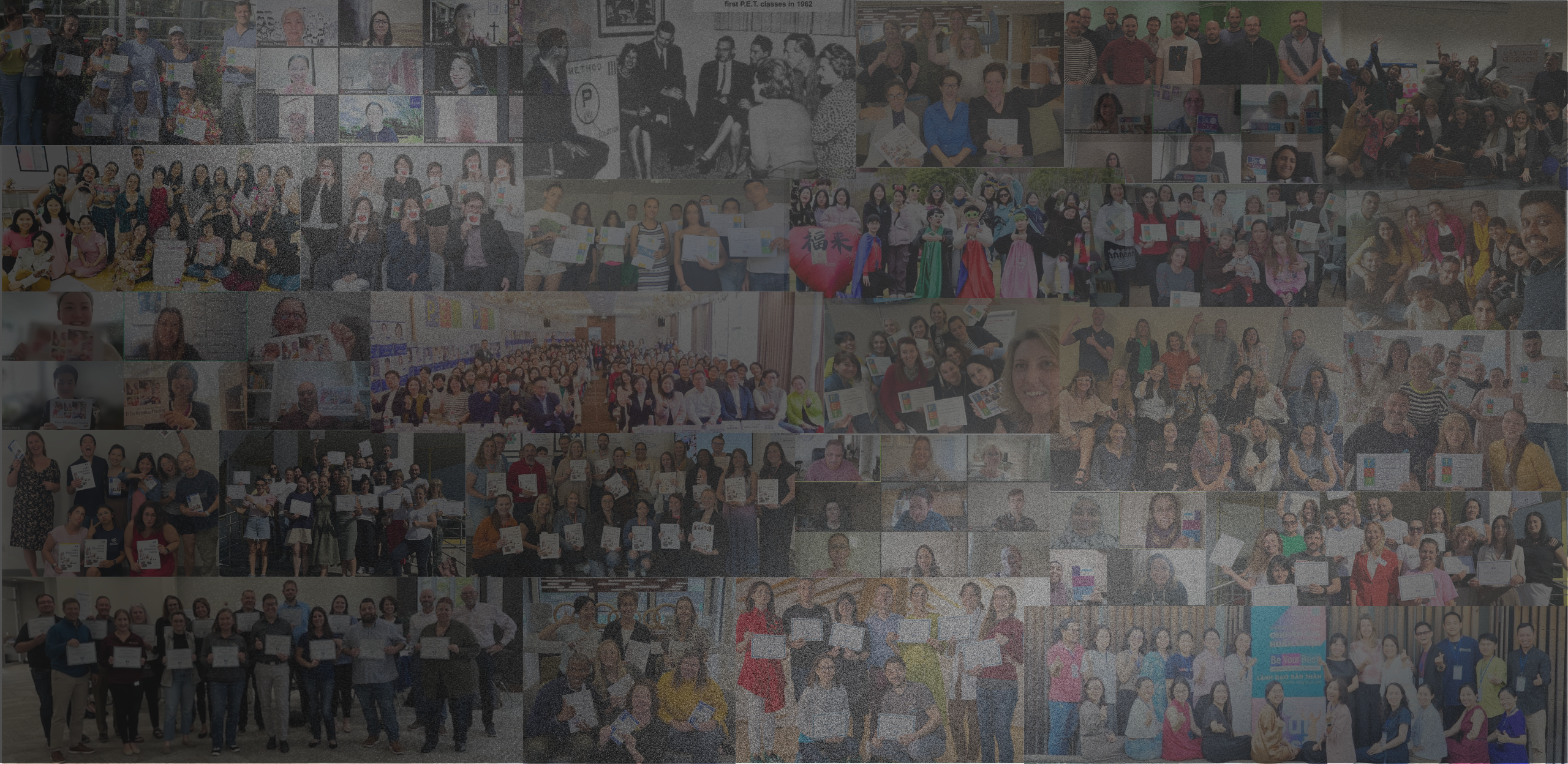Originally written by Dr. Thomas Gordon and Speed Burch (co-author of the T.E.T. book)
One of the most important listening tools you can acquire is so blatantly obvious that when I advise people to do it they look at me as if I’d just pronounced sugar sweet. Well, here it is: be quiet.
Yes. Be quiet. You can’t possibly listen effectively if you are talking or thinking about what you will say next.
Let’s add a second tool. While you’re being quiet you need to put your attention on the talker. People in the “helping professions” refer to it as attending. You need to attend the speaker. Face him or her. Get eye contact; look at her/him. Maintain an open posture. Stay just outside his or her personal space, in what is called the comfort zone.
For most people, that’s about three to six feet. Since it varies, I check this distance by moving closer to the talker until I get into his or her personal space and he or she leans or backs away. Then I stop and back away about a foot so I’ll be out of his/her personal space and we will both be more comfortable.
 Sometimes all that’s required of me as a listener, just to be there and remain silent but if I’m silent the person who’s talking to me doesn’t know if I’m really tuned in or not, so I want to use the third tool. Once again there’s a name for it: simple acknowledgement. But that’s just a fancy description for grunts, uh-huh’s, really’s, wow’s and other non-evaluative noises I can make to accompany head nods and appropriate facial expressions.
Sometimes all that’s required of me as a listener, just to be there and remain silent but if I’m silent the person who’s talking to me doesn’t know if I’m really tuned in or not, so I want to use the third tool. Once again there’s a name for it: simple acknowledgement. But that’s just a fancy description for grunts, uh-huh’s, really’s, wow’s and other non-evaluative noises I can make to accompany head nods and appropriate facial expressions.
Occasionally, people have difficulty getting started. Or they say nothing but I know by their actions that they may want to talk. They may cry or scowl or hold their heads or scuff their toes or any number of things that let me know something unusual is going on. Tools for these occasions are open-ended questions such as “You seem (sad, nervous, etc.) Do you want to talk about it?” or statements like “Tell me what’s going on”. Invitations to talk, nothing more. I call them Door Openers since that’s what they do, open up opportunities to talk.
Despite their usefulness silent attending, door openers, empathic grunts and the like don’t demonstrate that I understand, only that I am there and paying attention. So, I need the fifth listening tool: feedback.
It’s not difficult. You just have to remember that the words people say are usually a code.

